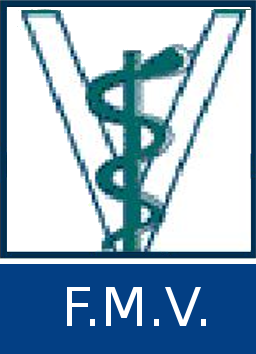L'acétonémie chez la vache laitière : le point sur les connaissances actuelles et comparaison avec ses homologues en médecine ovine et humaine
Tahir, Inès 
Promotor(s) :
Garigliany, Mutien-Marie 
Date of defense : 27-Jun-2024 • Permalink : http://hdl.handle.net/2268.2/20780
Details
| Title : | L'acétonémie chez la vache laitière : le point sur les connaissances actuelles et comparaison avec ses homologues en médecine ovine et humaine |
| Translated title : | [en] Acetonemia in dairy cows: an update on current knowledge and comparison with its counterparts in sheep and human medicine. |
| Author : | Tahir, Inès 
|
| Date of defense : | 27-Jun-2024 |
| Advisor(s) : | Garigliany, Mutien-Marie 
|
| Committee's member(s) : | Delguste, Catherine 
Desmecht, Daniel 
Antoine, Nadine 
Toppets, Vinciane 
|
| Language : | French |
| Number of pages : | 51 |
| Discipline(s) : | Life sciences > Veterinary medicine & animal health |
| Institution(s) : | Université de Liège, Liège, Belgique |
| Degree: | Master en médecine vétérinaire |
| Faculty: | Master thesis of the Faculté de Médecine Vétérinaire |
Abstract
[en] Acetonemia is caused by an accumulation of ketone bodies in the blood which follows a phenomenon of lipomobilization. There are risk factors such as obesity in cows and humans. Conversely in sheep, the main cause of pregnancy toxemia is an energy deficit in females with multiple gestations.
The diagnosis is obtained in the 3 species by measuring the blood concentrations of ketone bodies and non-esterified fatty acids, but also by measuring those of vitamin D, leptin, adiponectin, inflammatory proteins and liver enzymes in cows as well as cardiac biomarkers in the goat. We can also calculate the level of BHB or conjugated linoleic acid in cattle milk. In humans, we will measure serum glucose as well as blood PH.
Concerning the treatments, we will find propylene glycol, intravenous injection of glucose and insulin, fluid therapy as well as the induction of parturition in the ewe. Complementary treatments are also described in ruminants such as butaphosphane-cyanocobalamin, monensin and molecules that inhibit adipose tissue lipolysis.
Finally the consequences of this condition are a reduction in milk production and fertility of females, economic losses, but also the development of other diseases in postpartum cows, such as displacement of the abomasum, lameness, mastitis or even metritis. In humans, the associated pathologies will rather be linked to vascular complications induced by prolonged hyperglycemia.
File(s)
Document(s)

 TAHIR_Inès_TFE_FMV_juin2024_définitif.pdf
TAHIR_Inès_TFE_FMV_juin2024_définitif.pdf
Description:
Size: 1.19 MB
Format: Adobe PDF
Cite this master thesis
The University of Liège does not guarantee the scientific quality of these students' works or the accuracy of all the information they contain.


 Master Thesis Online
Master Thesis Online




